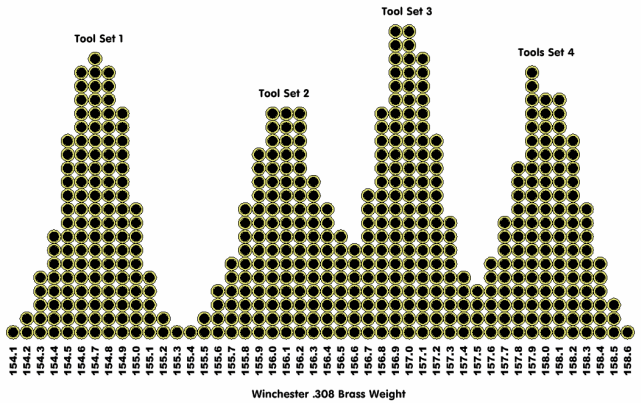Stats Shooter
New member
I feel dumb for having to ask this but....
On say 556x45 lake city brass, the number i.e "14" or "15" is the year right? If so, does anyone really see much difference between lots/years?
I ask because I have a precision load and I need 50 more pieces. The ones I already have are "14" and the 60 I have to add and shoot first are factory loaded and stamped"15"
I have noticed plenty of variations within lots of brass. My best example is my .338 LM lapua brass, I have gone through 3 batches of 100 with some lasting 7 loads, some up to 9 loads from the same exact batch and the weight of each case is different. But there was absolutely no difference in performance to my eye between cases lasting 7 loads or 9, only that the necks split earlier some than others.
Anyway thanks in advance.
On say 556x45 lake city brass, the number i.e "14" or "15" is the year right? If so, does anyone really see much difference between lots/years?
I ask because I have a precision load and I need 50 more pieces. The ones I already have are "14" and the 60 I have to add and shoot first are factory loaded and stamped"15"
I have noticed plenty of variations within lots of brass. My best example is my .338 LM lapua brass, I have gone through 3 batches of 100 with some lasting 7 loads, some up to 9 loads from the same exact batch and the weight of each case is different. But there was absolutely no difference in performance to my eye between cases lasting 7 loads or 9, only that the necks split earlier some than others.
Anyway thanks in advance.
Last edited:

